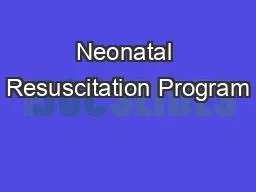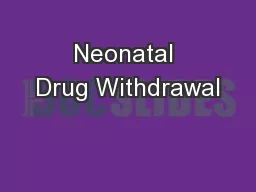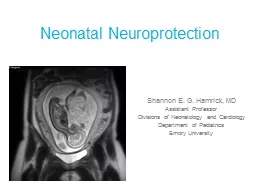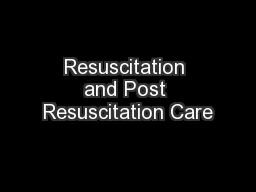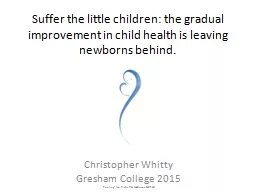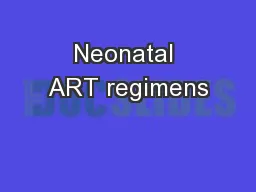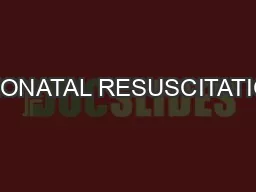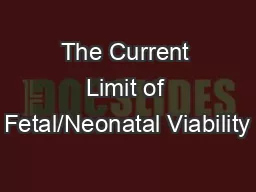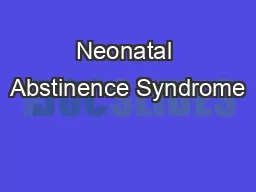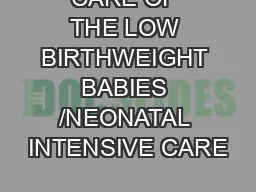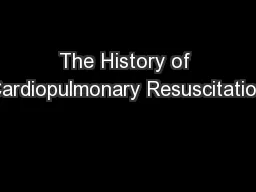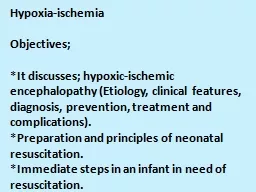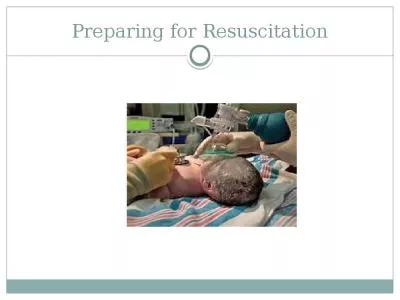PPT-Neonatal Resuscitation Program
Author : leusemij | Published Date : 2020-08-28
7 th edition Update June 21 2016 An excerpt from the 2016 CPS NRP Resuscitation Science Club Background 5year resuscitation science review by International Liaison
Presentation Embed Code
Download Presentation
Download Presentation The PPT/PDF document "Neonatal Resuscitation Program" is the property of its rightful owner. Permission is granted to download and print the materials on this website for personal, non-commercial use only, and to display it on your personal computer provided you do not modify the materials and that you retain all copyright notices contained in the materials. By downloading content from our website, you accept the terms of this agreement.
Neonatal Resuscitation Program: Transcript
Download Rules Of Document
"Neonatal Resuscitation Program"The content belongs to its owner. You may download and print it for personal use, without modification, and keep all copyright notices. By downloading, you agree to these terms.
Related Documents

